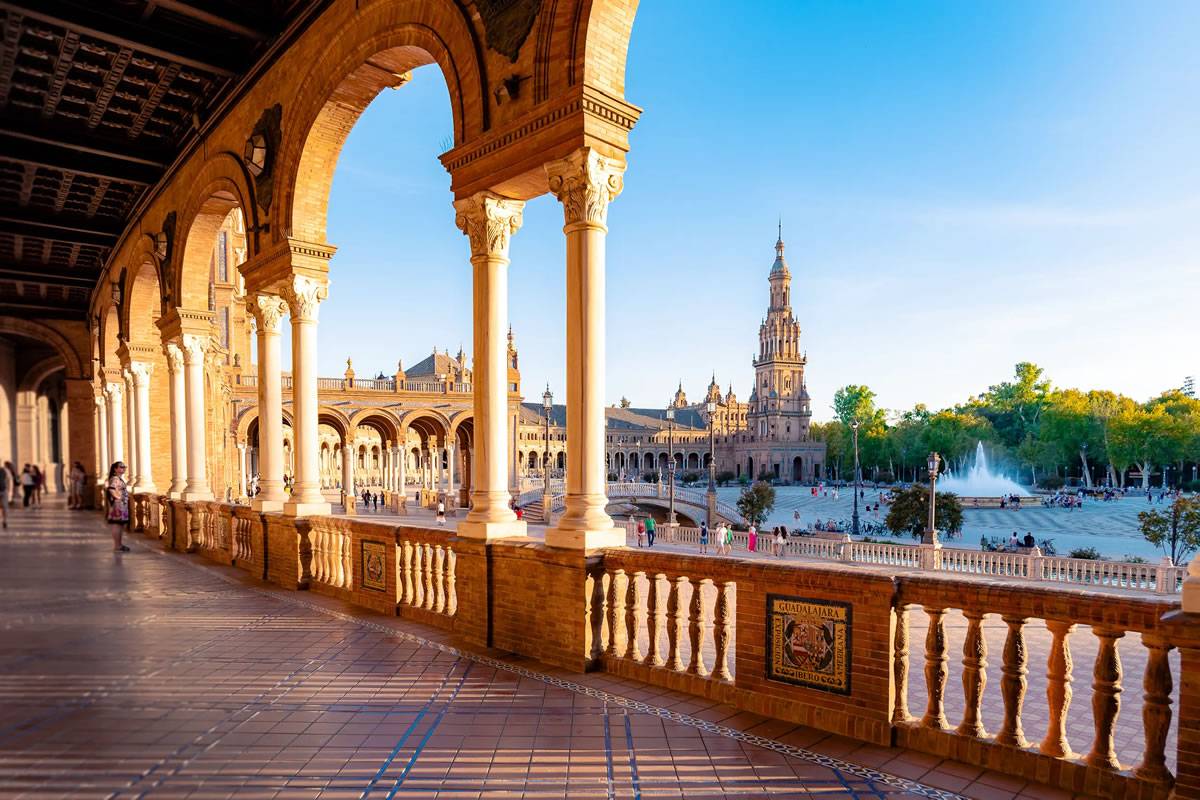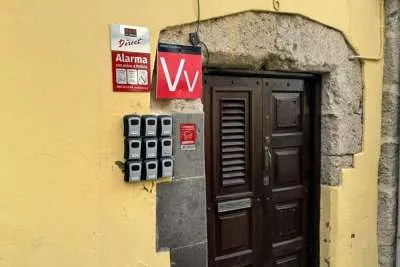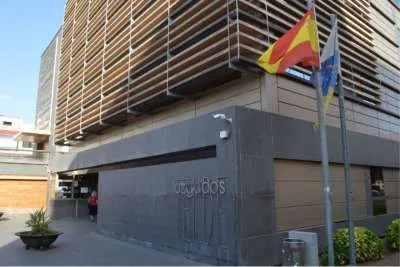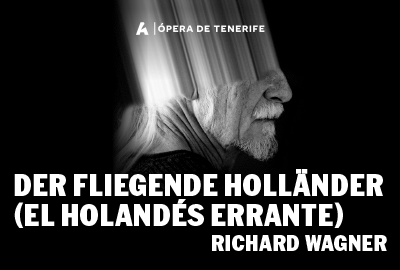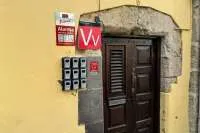Seville, Barcelona or Madrid: which to choose for your first trip
- 20-05-2025
- Travel
- collaborative post
- Photo Credit: Unsplash
Southern Europe has long attracted travellers from all over the world with its atmosphere, cultural heritage and sunny climate. Among all the countries of the Iberian Peninsula, Spain stands out for its diversity of regions, each with its own identity and character.
From mountain villages to Mediterranean coastlines, the country impresses with its architectural diversity and gastronomic discoveries.
A first visit to this part of Europe is often accompanied by a choice between three iconic cities: Barcelona, Madrid and Seville. These urban centres have not only cultural but also historical significance, attracting millions of tourists every year. That is why, before travelling, it is worth considering all the advantages of each destination to ensure that your impressions are as vivid as possible. In addition to traditional leisure activities, modern travellers are also looking for new entertainment, among which online platforms such as £5 deposit casino not on gamstop are popular.
Each city has its own unique atmosphere. Some are attracted to art, others to traditions, and still others to their rhythm of life. A deeper analysis of their characteristics, which we will do below, will help you choose the perfect place to start your Spanish adventure.
BARCELONA: THE CAPITAL OF CATALAN MODERNISM AND MARITIME FREEDOM
Architectural wonders and street aesthetics
Barcelona is a city that is difficult to confuse with any other. Its symbol is the Sagrada Familia, a magnificent cathedral created by the genius Antoni Gaudi. The architectural palette here is very diverse: from Gothic quarters to fairy-tale parks that seem to have emerged from a fantasy world.
In the centre of Barcelona, you can stroll along La Rambla, a street bustling with life: musicians, artists, and travellers from all over the world. This city harmoniously combines history with modernity, creating a unique environment for new discoveries.
Sea, beaches and relaxation
The city is located directly on the Mediterranean coast, making it an ideal place for those seeking a combination of culture and relaxation. Strolling along Barceloneta beach, swimming in the warm waters or relaxing at a beach bar are all unique experiences.
Barcelona's beaches are well equipped for tourists, offering umbrella rentals, comfortable cafes and water sports services. This seaside atmosphere adds romance and lightness to your trip.
Gastronomy and nightlife
The city is famous for its cuisine. Here you should try tapas, paella, seafood and traditional Catalan dishes. For gourmet lovers, there are numerous establishments, including Michelin-starred restaurants.
Barcelona is also a hub for nightlife. After sunset, the city comes alive in a new way: clubs, bars, live concerts, themed parties, there is something for every taste.
MADRID: THE HEART OF SPAIN AND THE CRADLE OF CULTURAL HERITAGE
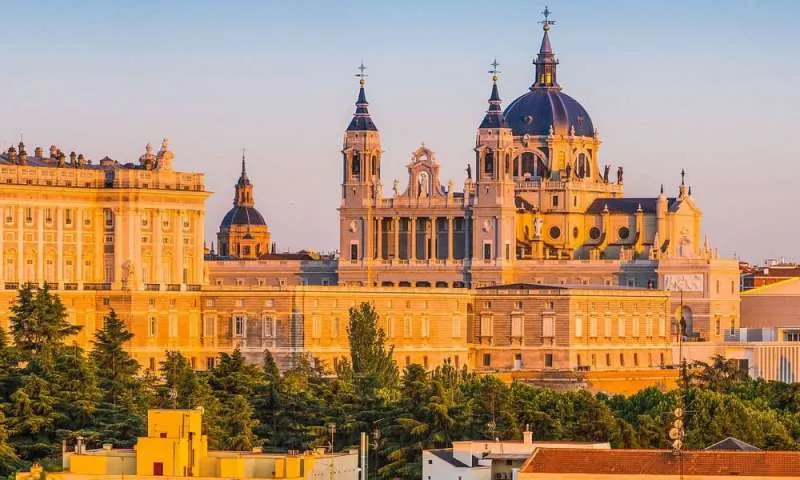
World-class museums
The Spanish capital is a centre of art, home to such masterpieces as the Prado Museum, the Reina Sofía Museum and the Thyssen-Bornemisza Museum. Each of these institutions houses priceless works by painters, sculptors and graphic artists.
For history and art lovers, Madrid offers a whole range of emotions, from admiration for Spanish Baroque to the modernist experiments of the 20th century.
The atmosphere of palaces, parks and wide avenues
The Royal Palace, located in the heart of the city, is another landmark of the Spanish capital. It impresses with its size, decoration and the splendour of its interiors. Nearby is the Retiro Park, a green oasis offering peace and quiet amid the urban hustle and bustle.
Walking along Gran Via, tourists will find numerous theatres, shopping centres and cafés. The city reveals itself from different angles, combining tradition with modern trends.
Cuisine and rhythm of life
Madrid has its own gastronomic soul. Local dishes such as Jose Luis, churros with chocolate or croquettes with jamon have become the hallmark of the region. Here, food is not just a pleasure, but part of the cultural code.
Locals are used to a slow but steady pace of life. Lunches here are long, and conversations over a glass of wine are even longer. For tourists, this is an opportunity to fully immerse themselves in the local atmosphere.
SEVILLE: THE SOUL OF ANDALUSIA AND THE SONG OF FLAMENCO
Architecture that breathes history
Seville is a city where every stone tells its own story. It is home to monuments of Moorish architecture, such as the Alcázar, a palace complex with impressive patterns, arches and gardens. Equally impressive is the Cathedral of Seville, considered the largest Gothic church in Europe.
The Plaza de España, surrounded by semicircular buildings and canals, is an example of architectural harmony. The city seems to invite you into a fairy tale.
Traditions, flamenco and local identity
Seville is the birthplace of flamenco. It is not just a dance or music, but a deep emotional experience.
You can see professional artists perform in numerous tablaos or simply on the streets of the city, where talent blends with the atmosphere.
In addition, local festivals are highly valued here: for example, the Feria de Abril or Holy Week (Semana Santa). These events are accompanied by processions, horse parades, folk costumes and endless impressions.
Southern cuisine and Andalusian flavour
Seville's gastronomy is an explosion of flavours: from gazpacho to tapas, from sherry to dishes made with local ingredients. Restaurants located in historic areas offer a combination of tradition and modern approaches.
The city is full of colour, sunshine and warmth. Even in the simplest café, you can feel the genuine Andalusian hospitality and energy.
Which city is for whom: recommendations depending on the type of traveller
The choice of city largely depends on what the traveller is looking for on their first trip to Spain:
- For lovers of architecture and the sea, Barcelona is ideal.
- For art lovers, museums and royal history, Madrid is the place to go.
- For those who want to experience the true soul of Spain, its traditions and folklore, Seville is the best choice.
Each destination has its own unique charm, so the main thing is to determine what your priorities are for your trip.
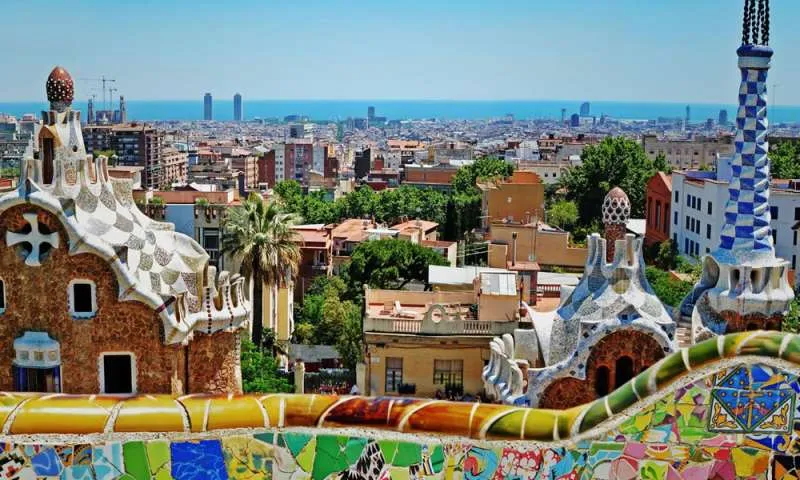
5 Spanish cities that are underrated by tourists — but shouldn't be!
Spain is famous for Barcelona, Madrid and Seville, but besides these popular destinations, there are many other charming cities that are often overlooked by holidaymakers. These places are no less colourful, interesting and capable of offering a real immersion in authentic Spanish culture, while maintaining an atmosphere of peace and tranquillity. Discover five cities that are worth adding to your itinerary.
1. Cádiz — the pearl of the Atlantic
Located on the Atlantic coast, Cadiz is one of the oldest cities in Europe, known for its unique combination of maritime atmosphere and centuries-old history. Here you can stroll through the narrow streets of the old town, enjoy fresh seafood and admire the view of endless beaches.
- Attractions: The ancient fortress of San Sebastián, Cádiz Cathedral, and La Caleta beach.
- Special feature: The city is not overrun with tourists, allowing you to experience the true Spanish rhythm of life.
2. Teruel — a city of modernism and romance
Despite its modest size, Teruel is famous for its magnificent modernist architecture. The city is quiet but rich in history and legends, preserving its medieval charm in its narrow streets.
- Attractions: Mudejar Towers, Plaza de España, and local art museums.
- Special feature: Colourful festivals are held here, which do not attract large numbers of tourists but offer vivid emotions.
3. Cuenca — the city of ‘hanging houses’
Cuenca is often underrated due to its remoteness, but its historic centre is a UNESCO World Heritage Site. The so-called ‘hanging houses’ hanging over the Hucar River gorge are impressive.
- Attractions: Museum of Abstract Art, Cathedral, Old Town.
- Special feature: Cuenca is the perfect place to combine a cultural holiday with active nature walks.
4. Vigo — Galicia's hidden treasure
Vigo is the largest city in Galicia, often overlooked by tourists due to the greater popularity of Santiago de Compostela. The city offers both beautiful beaches and a rich history.
- Attractions: Castro Seaside Park, Old Town, and the seaport.
- Special feature: The local cuisine is famous for its seafood dishes, which are well worth trying.
5. Almeria — desert beauty and history
The city of Almeria is located in the province of the same name in southern Spain. This region is known for its desert landscapes, which often resemble scenes from Westerns.
- Attractions: Castillo de Almería — an ancient fortress, Tabernas Natural Park.
- Special feature: Almería offers a unique combination of history, nature and tranquillity, far from mass tourism.
Conclusion: Where to choose for your first trip — Seville, Barcelona or Madrid?
Each of these three Spanish cities is unique, with its own energy, lifestyle and cultural palette. If you are looking for authenticity, deep history, flamenco traditions and atmospheric southern warmth, Seville is an excellent choice. For those who want to combine a beach holiday with modern architecture, lively nightlife and artistic experiences, Barcelona is the best option. Madrid is ideal for those who want to immerse themselves in the heart of Spain, politically, culturally and gastronomically.
There is no single right answer; it all depends on your expectations, travel schedule and personal preferences. All three cities have their own magic that is worth experiencing at least once in a lifetime. Start with the city that is closest to your heart and leave the rest for future trips. After all, Spain is a country you will want to return to again and again.
Other articles that may interest you...
Trending
Most Read Articles
Featured Videos
A Vision of Elvis Tenerife Promo
- 10-05-2025
TEAs 2025 Highlights
- 17-11-2025


